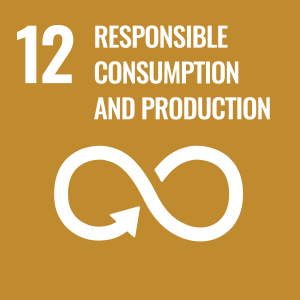Physical Chemistry – Thermodynamics

The further study of thermodynamics builds on the Energetics section and is important in understanding the stability of compounds and why chemical reactions occur; enthalpy change is linked with entropy change enabling the free-energy change to be calculated. Assessment will be via homework based on past paper questions, practical skills and an end of topic test.
Physical Chemistry – Rate equations and Kp
Student study rate equations, the mathematical relationship between rate of reaction and concentration and how this provides information about the mechanism of a reaction that may occur over several steps; the further study of equilibria considers how the mathematical expression for the equilibrium constant Kp enables us to calculate how an equilibrium yield will be influenced by the partial pressures of reactants and products. Assessment will be via homework based on past paper questions, practical skills and an end of topic test.
Physical Chemistry – Electrode Potentials and Electrochemical Cells

Student will study the redox reactions which take place in electrochemical cells where electrons are transferred from the reducing agent to the oxidising agent indirectly via an external circuit, and the commercial applications of electrochemical cells as a portable supply of electricity. Assessment will be via homework based on past paper questions, practical skills and an end of topic test.
Physical Chemistry – Acids, Bases and pH
Students will study the importance of acids and bases in domestic, environmental and industrial contexts, how the logarithmic scale, pH, has been devised to measure acidity; how buffer solutions are made and how they work in industrial and biological applications. Assessment will be via homework based on past paper questions, practical skills and an end of topic test.
Inorganic Chemistry – Period 3 Elements
Students study the reactions of the Period 3 elements with oxygen; how the pH of the solutions formed when the oxides react with water illustrates trends in properties across this period. Assessment will be via homework based on past paper questions, practical skills and an end of topic test.
Inorganic Chemistry – Transition Metals
Students will study the metals of the 3d block of the Periodic Table, how they form coloured compounds and are identified by test-tube reactions in the laboratory, their existence in different oxidation states and their uses as catalysts. Assessment will be via homework based on past paper questions, practical skills and an end of topic test.
Organic Chemistry – Isomerism and Carbonyl Compounds

Students study how compounds that contain an asymmetric carbon atom form stereoisomers that differ in their effect on plane polarised light; the carbonyl group of aldehydes, ketones and carboxylic acids, their derivatives and how they are attacked by nucleophiles. Assessment will be via homework based on past paper questions, practical skills and an end of topic test.
Organic Chemistry – Aromatic Chemistry
Students study aromatic compounds; benzene as an example of this type of molecule and looks at the structure of the benzene ring and its substitution reactions. Assessment will be via homework based on past paper questions, practical skills and an end of topic test.
Organic Chemistry – Polymers, Amino Acids, Proteins and DNA
The study of polymers is extended to include condensation polymers, including the ways in which condensation polymers are formed, their properties, typical uses and problems associated with their reuse or disposal; the structure and bonding of amino acids, proteins and DNA and the way they interact is studied, along with drug action. Assessment will be via homework based on past paper questions, practical skills and an end of topic test.
Organic Chemistry – Organic Synthesis and Analysis
Students will study the formation of new organic compounds by multi-step syntheses; the use of nuclear magnetic resonance spectroscopy along with mass spectrometry and infrared spectroscopy as an analytical technique. Assessment will be via homework based on past paper questions, practical skills and an end of topic test.



